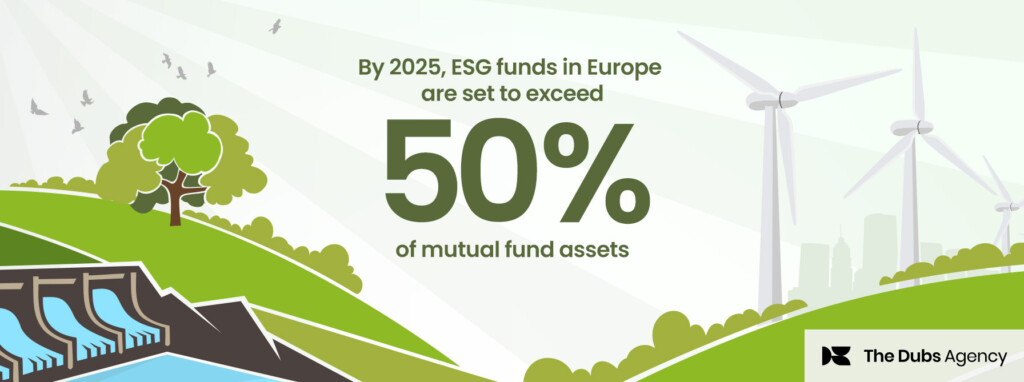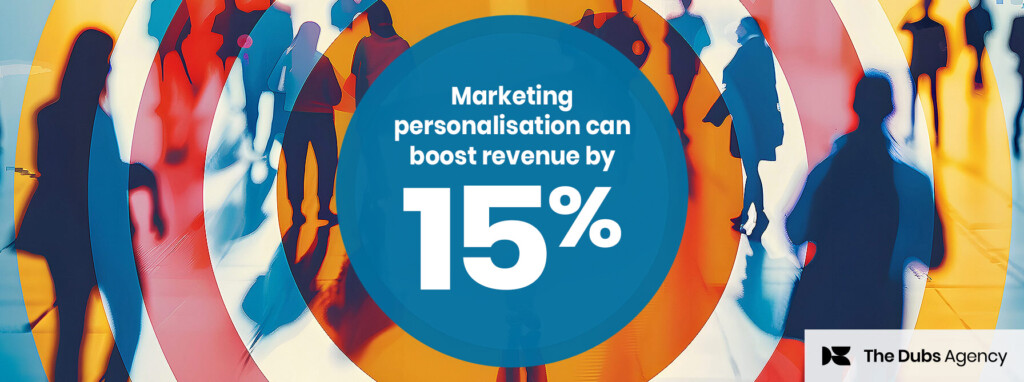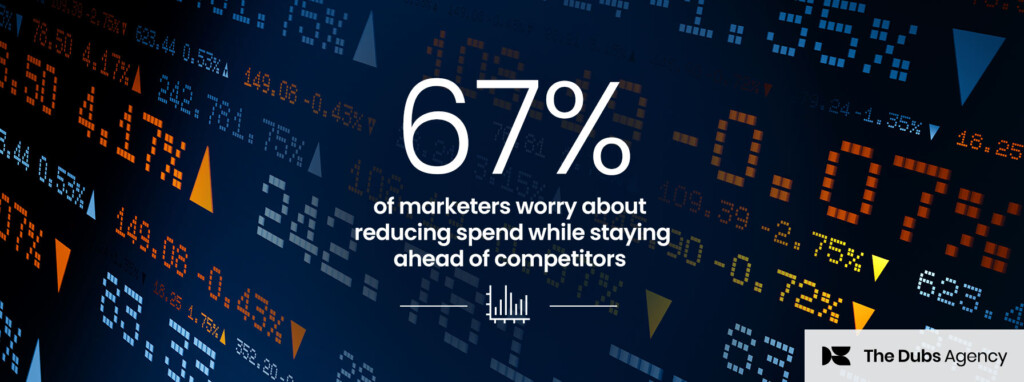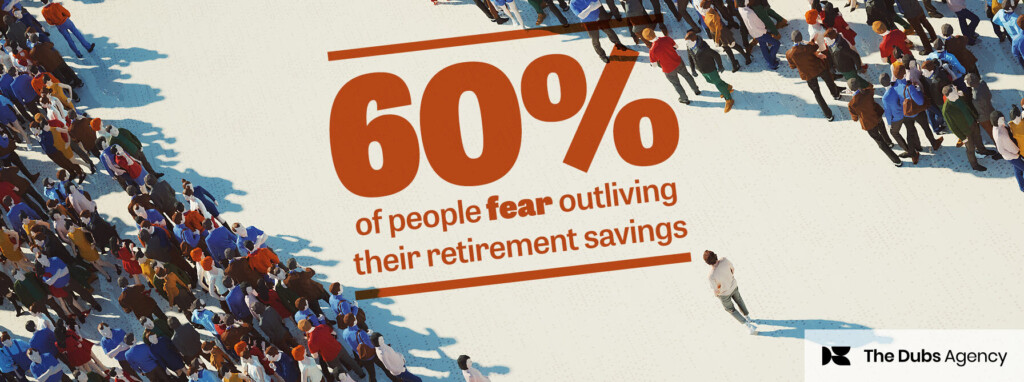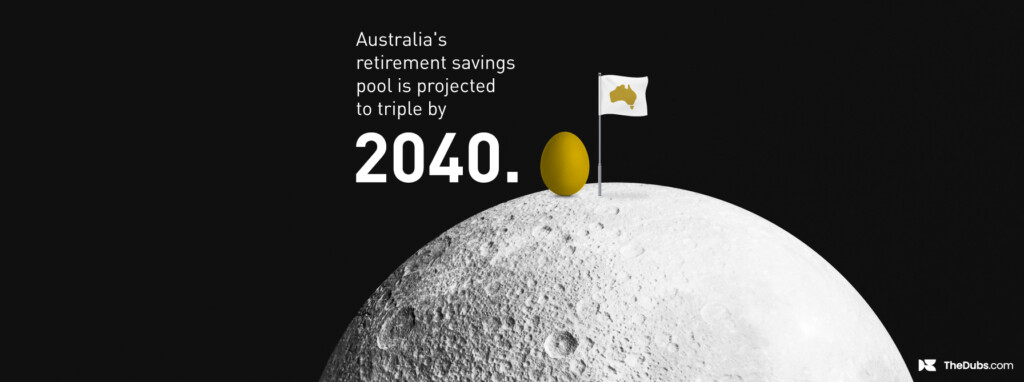When the right brands partner up to co-create product or content, the resulting whole is often magically bigger than the sum of its parts. So who in the financial sector has made best use of these kinds of partnerships, and what was the key to their success?
A corporate partnership – as opposed to a sponsorship, means both parties have a role to play in achieving a common goal, sharing in the responsibilities, risks and earnings.
Oft-cited examples of brand partnerships
Red Bull and GoPro’s exclusive global partnership is all about executing a shared vision to “inspire the world to live a bigger life”. Red Bull sets up and sponsors its extreme stunts and events, while GoPro equips the athletes with the tech to capture it, and off the back of that they “cross-promote and innovate”, producing content and distributing it. Red Bull gets to supercharge their delivery of athletes’ perspectives; GoPro gets access to more than 1800 Red Bull events across more than 100 countries.
Nike and Apple showed us how it’s done when they released the Nike+iPod Sport Kit in 2006, with Apple’s iPod and sensor tracking athletes’ runs and Nike providing the running shoes and the website to log them on. Though the relationship has become more complicated over the years, they’re still collectively providing awesome customer experiences, with the 2017 release of Apple Watch Nike+ combining Nike’s Sports Bands with the latest Apple Watch.
Partnerships like these give brands access to new audiences while massively increasing the power of their content and its ability to engage. For a financial brand, this ability to have an active presence outside of their natural habitat is a golden opportunity.
For a financial brand, this ability to have an active presence outside of their natural habitat is a golden opportunity.
UBS embracing the content opportunity
When wealth managers UBS stopped investing in internal content teams and instead set up Unlimited in partnership with a range of established publishers, they didn’t want their role to be purely “signing cheques”. They saw themselves as editorial partners in a project aimed at a new audience: the next generation of purpose-led millionaires.
While the content is created by the publishers – Vanity Fair, VICE, The Future Laboratory and Monocle, Unlimited’s curatorial board is made up of 20 people including UBS stakeholders who together devise the content’s “uncomfortable questions”. UBS’s expertise is brought to the table through its own Wealth Management CIO, or chief investment office, set up in 2011 to consolidate the expertise of more than 900 in-house analysts and external experts.
As a group, their mission was to look for answers to “life’s big questions”, exploring well beyond the financial realm. That is a content co-creation mandate that most brands could only dream of.
Likewise, GE’s content partnerships never fail to inspire. Their 2015 New York Times collaboration How Nature is Inspiring Our Industrial Future talks about how scientists at GE study butterfly wings, whale fins and fish schools to help them build better technology.
Not to be confused with sponsorship
There is a modern thing we do which is use “sponsor” and “partner” interchangeably. Probably because the old sponsorship model – of paying inordinate amounts to have your logo whacked onto signage and web pages, is losing its appeal.
It’s more than semantics though; today there are brand relationships which might have once been called sponsorships, which are so active and collaborative, that the old labels no longer apply.
As a “partner” of The Sydney Gay & Lesbian Mardi Gras festival, ANZ are involved in a new community grants program to provide funds for LGBTQI community organisations, they’re co-presenting a number of events including Fair Day and the Diamond Club Parade viewing area. And their GayTMs bring positive international PR every year.
Traditional sponsorship it ain’t.
Like + like
Financial institutions partner with other high-profile brands all the time, whether it’s The Big Four and Fitbit pay/Apple Pay/Samsung Pay, or a bank providing credit cards for sports teams’ members, or Westpac and Uber teaming up to save Westpac customers money on their Uber rides.
The question to ask when embarking on a brand partnership, is whether there are shared goals within the deal, and shared brand values that elevate it to a Red Bull+GoPro, or ANZ+Mardi Gras, or UBS Unlimited level?
Or, are the brand’s goals and values on one side, while the bank’s languishing over the other side, as befits the holder of the cheque book?


